Stan Lee died today. I’ll leave
it to others to pen his obituary and enumerate all of his accomplishments
during his 95 years of creative fecundity. Not since the death of Walt Disney
has the entertainment world lost a true giant whose imagination would excite
and entertain successive generations during his lifetime and beyond.
Instead, let me tell you about
the Stan Lee I knew. Not the 17-year-old who went to work for his cousin’s
husband, Timely Comics comic book publisher Martin Goodman and ended up running
the company. Not the man who would, along with legendary artists Jack Kirby and
Steve Ditko, create a pantheon of superheroes uniquely endowed with human flaws
that came to be known as the Marvel Age of Comics. Not the aspiring novelist
who ironically ended up at one point writing an entire line of monthly comic
books devoted to those creations. Not the man whose comic book characters
became known around the world and now fill the screens of televisions and movie
theaters. Not the savvy marketer and millionaire businessman attending
corporate meetings in a three-piece suit and Italian loafers. No, the Stan Lee
I knew wore white sneakers.
Despite his aspirations, Stan was
at best a mediocre writer but his true strength was as a marketer. He was the
greatest marketing genius since P.T. Barnum and his hyperbole put the 19th
century showman to shame. His monthly “bullpen” column in every Marvel Comics
publication in the 1960s and 70s began with the phrase “Excelsior” and ended
with “’Nuff said.” The catchphrases became Lee’s personal trademarks. But for
all the grandiose hyperbole, Stan was a warm, self-deprecating, down-to-earth
man. He would show up at comic book conventions in a sweater and sneakers, just
like his young readers, and sit on the floor with them. They would ask him
questions and he treated both the questions and the questioners with a degree
of respect children were not used to hearing from adults. As far Stan was
concerned, there were no dumb questions or childish comments: he knew his young
audience paid his bills and that he was an ambassador for his brand. If the
kids had been Marvel Comics fans before meeting Stan Lee, they became acolytes
afterward.
Stan Lee changed the comic book
medium by writing superhuman characters that nonetheless had human flaws and
frailties. They could save the world but still had to pay the rent at the end
of the month. The Amazing Spider-Man, the Incredible Hulk, the Fantastic Four,
the Invincible Iron Man – like the ancient Greeks and Romans, Stan created an
entire pantheon of gods who nonetheless squabbled like humans. That innovation
brought the readers running to Marvel.
My young adult science fiction
trilogy, The Adventures of McKenzie
Mortimer, reveals the influence of Stan Lee — the alliterative teenage
protagonist (think Peter Parker): a nondescript boy gifted with great power who
must learn that with it comes great responsibility; and a school bully (think Flash
Thompson). I even credited Stan in the acknowledgments.
I’ll close my remembrance of Stan
Lee with a personal anecdote. In mid-December 1975, a three-day comic book
convention, MiamiCon, was held at the Fontainebleau Hotel in Miami Beach,
Florida. By the last day, the crowd had thinned and a bunch of us — Stan Lee,
artist Jack Kirby, Capt. Marvel creator C.C. Beck, young fan (now artist) Dan
Reed, and a younger version of myself were seated around a table, rather bored.
Beck, the oldest among us, had brought his guitar with him and someone
suggested we sing. Yes, sing. The greatest comic book creators of the 20th
century meshed with the voices of the next generation of artists and writers,
setting back the music industry by at least 40 years. Too bad no one had the
foresight to record this classic moment…
Actually, I did. As a teenage
reporter for my college newspaper I was carrying my trusty Panasonic tape
recorder to record interviews with comic book creators that later became an
award-winning series of articles (which you can read in my book Cub: The Story of a Boy Reporter. Now
that’s a plug worthy of Stan himself.) The tape begins with me asking Stan for
an introduction to the songfest, which he proceeds to do, introducing all of us
in his adjective-laced, bloviated, hyperbole-filled fashion. At the end, 20
minutes later, you can hear Dan and me asking Stan for jobs that Marvel, as an
artist and writer respectively. Well, Dan asked to be a page, LOL.
About a dozen years later, I ran
into Stan at a convention in Atlanta and told him about the tape. I promised to
send it to him. I forgot.
About six years later I ran into
Dan Reed, for the first time in 20 years, in Southern California. Dan was now a
professional comic book artist, and had even realized his dream of working for
Marvel Comics. I told him about the existence of the tape and I promised to
send him a copy. I forgot.
In 1993, I bumped into Stan and
his wife Joan at the San Diego ComiCon. The topic of the tape came up (Stan had
an excellent memory). Chagrined, I promised to mail it to him. This time I
actually did send a copy to Stan in New York in care of Marvel Comics and while
I was at it, I mailed a copy to Dan. A year later, I got a letter from Marvel
Films in California. There was a Spider-Man head drawn on the letterhead with
the word balloon reading “Hi Keith!” I thought it was the usual promotional
junk mail a lot of us in the industry get. But as I read it, I realized it was
a handwritten letter from Stan. It said, “Many, many thanks for the tape you
sent me. I got a big kick out of it even if it took a year to get it -- and
even if it undoubtedly set music and recording back a few decades! With all my
very best wishes -- and much appreciation. Excelsior! Stan.”
Excelsior, Stan Lee. ‘Nuff said.
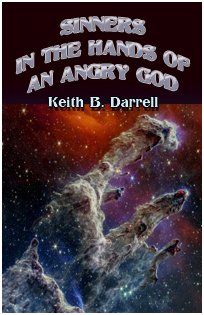
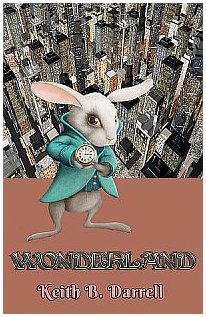
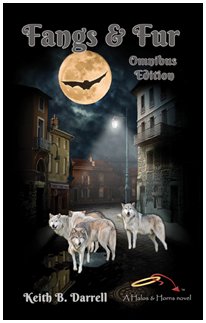
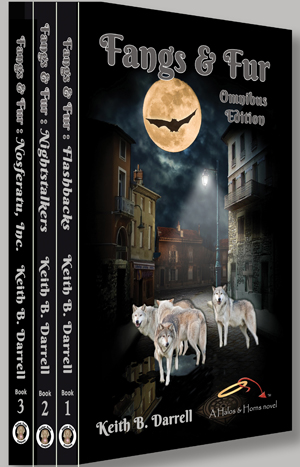
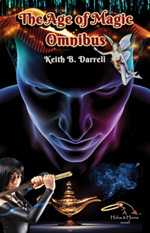
No comments:
Post a Comment